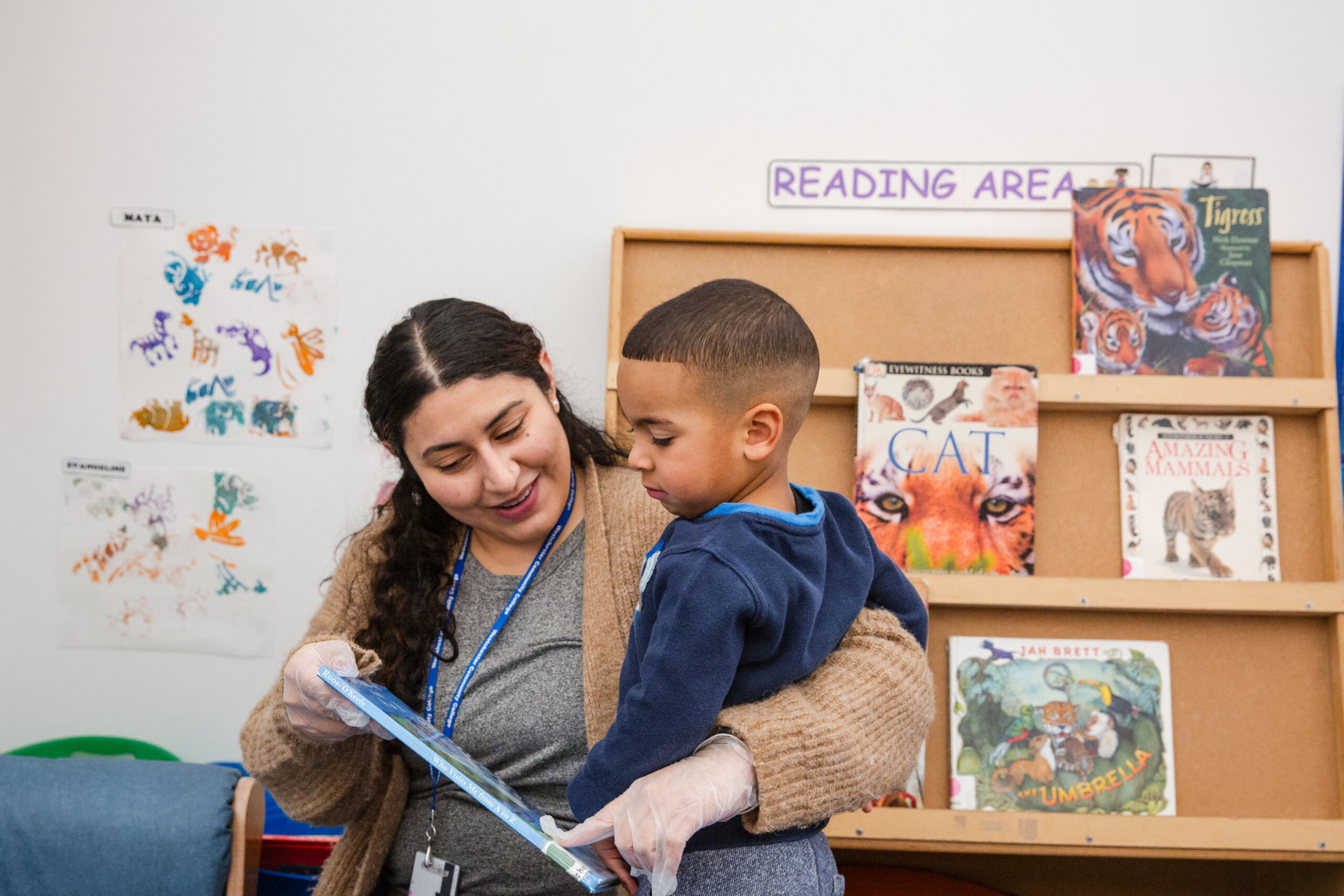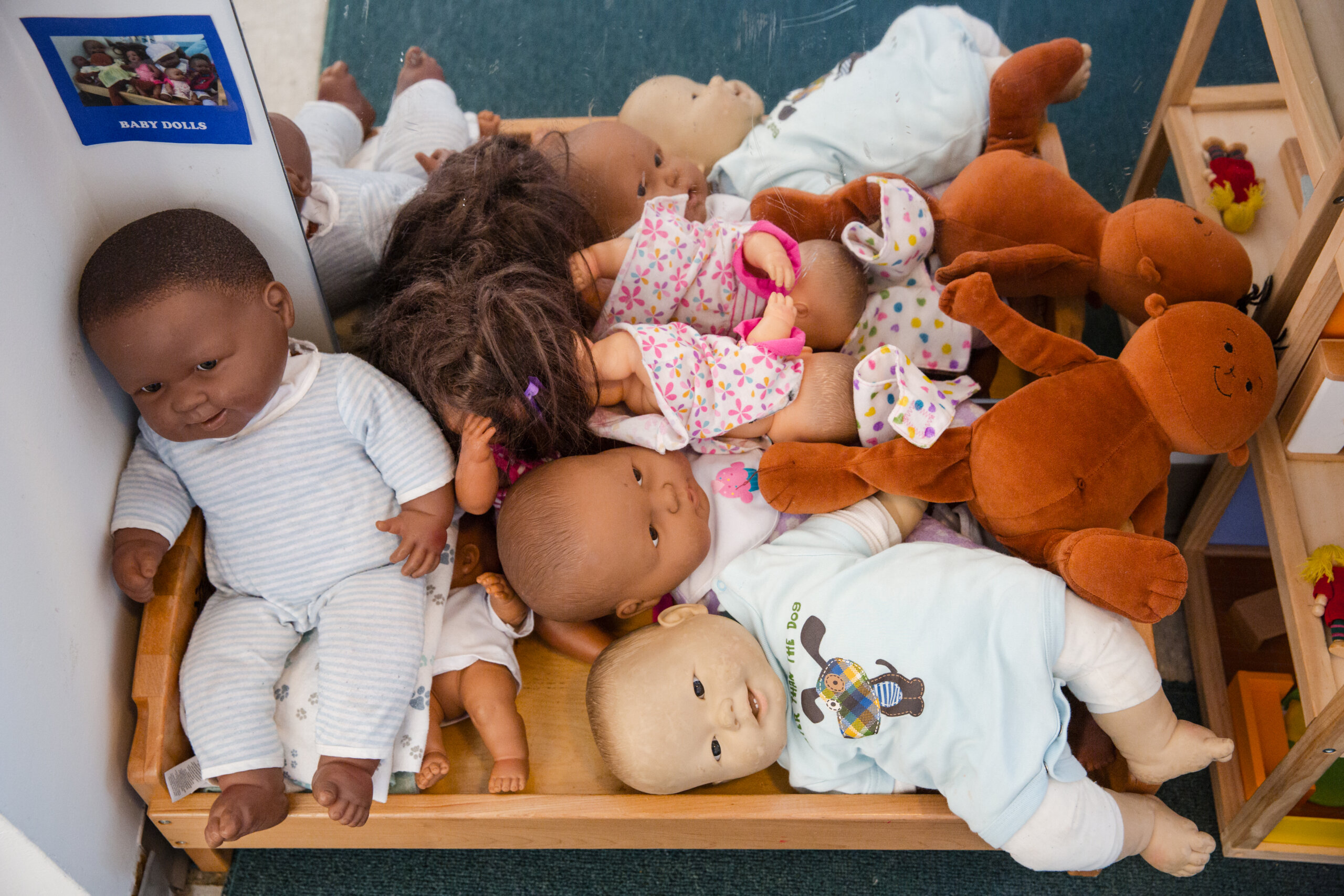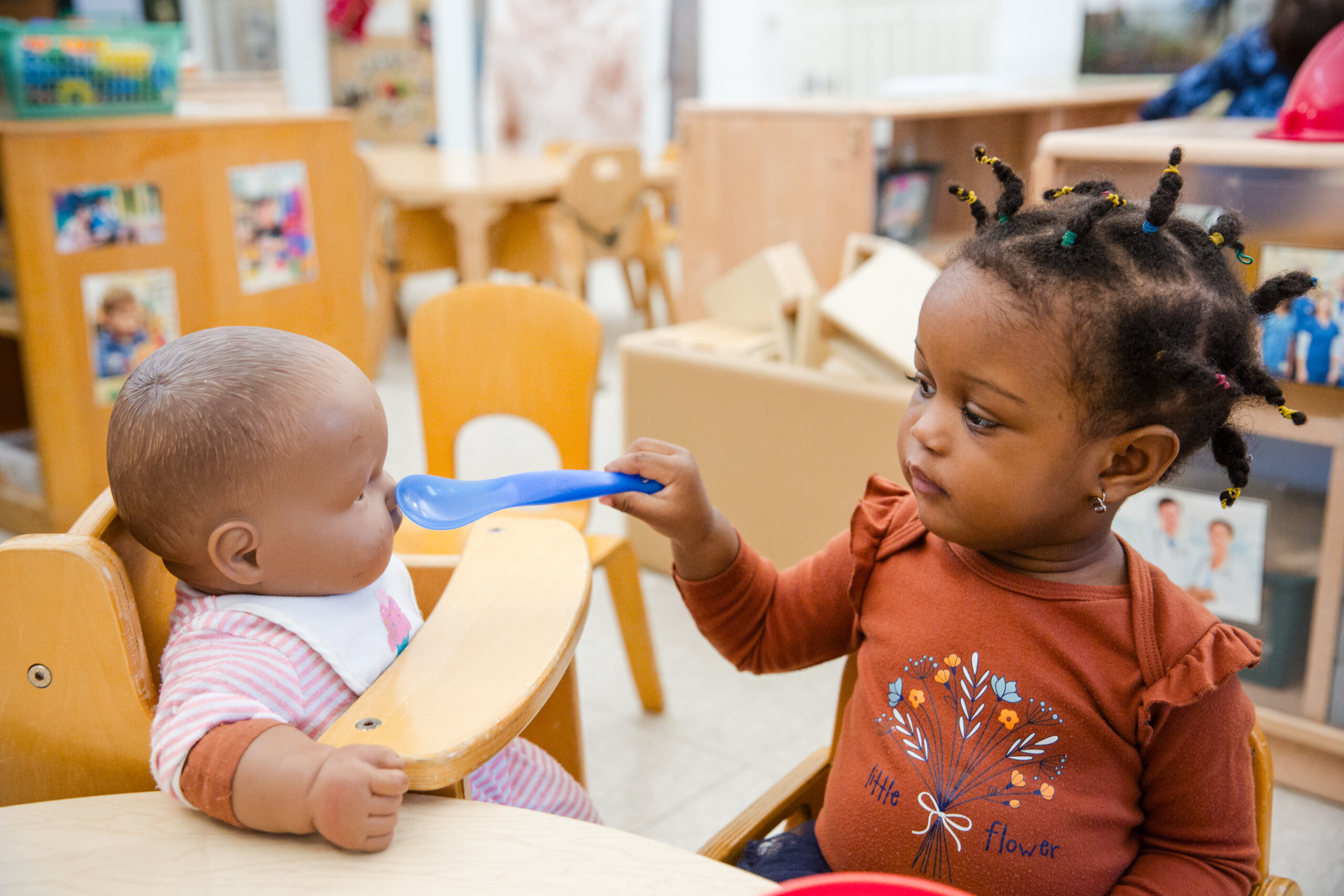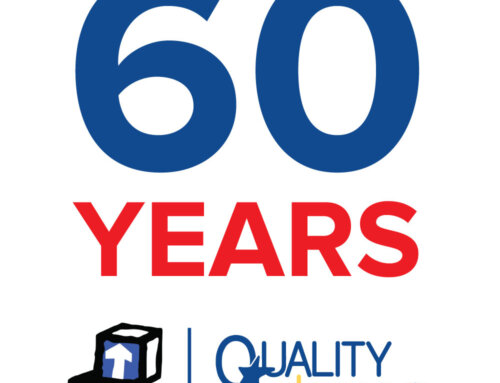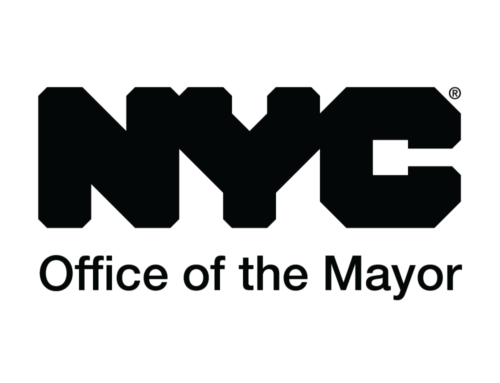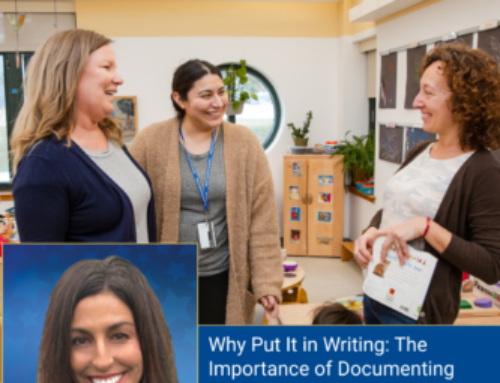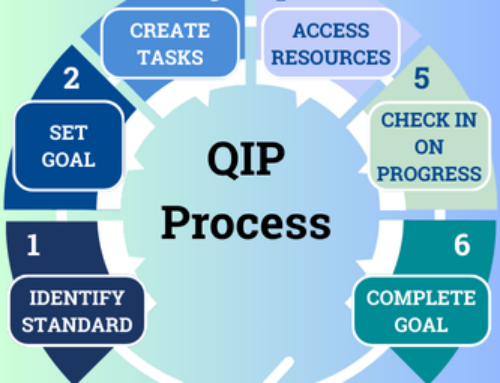
By Stella Lundie, QUALITYstarsNY Quality Improvement Specialist
As early childhood professionals, we play a vital role in broadening children’s understanding of the world by fostering cultural awareness in ways that go beyond traditional celebrations. While holidays can be a meaningful entry point, cultural awareness can be cultivated daily through intentional practices that highlight diversity in language, art, storytelling, and everyday experiences. This approach aligns with the NAEYC Code of Ethical Conduct, which calls for equitable and respectful practices that honor each child’s individuality.
The New York State Early Learning Guidelines (ELG) encourages providers to incorporate multilingual books, songs, and labels to their learning environment to expose children to diverse languages and cultures. Similarly, the QUALITYstarsNY Standards emphasize inclusive curriculum practices, such as ensuring that classroom materials represent the cultural diversity of families and the broader community, which supports children in developing cultural competence.
By integrating culture into the rhythm of the classroom, we provide children with continuous opportunities to understand and value the unique contributions of different communities. From books and music to family engagement and visual representation, the classroom can become a dynamic environment for exploring the richness of global cultures. This ongoing effort helps children develop a sense of empathy and interconnectedness, fostering a lifelong appreciation for diversity.
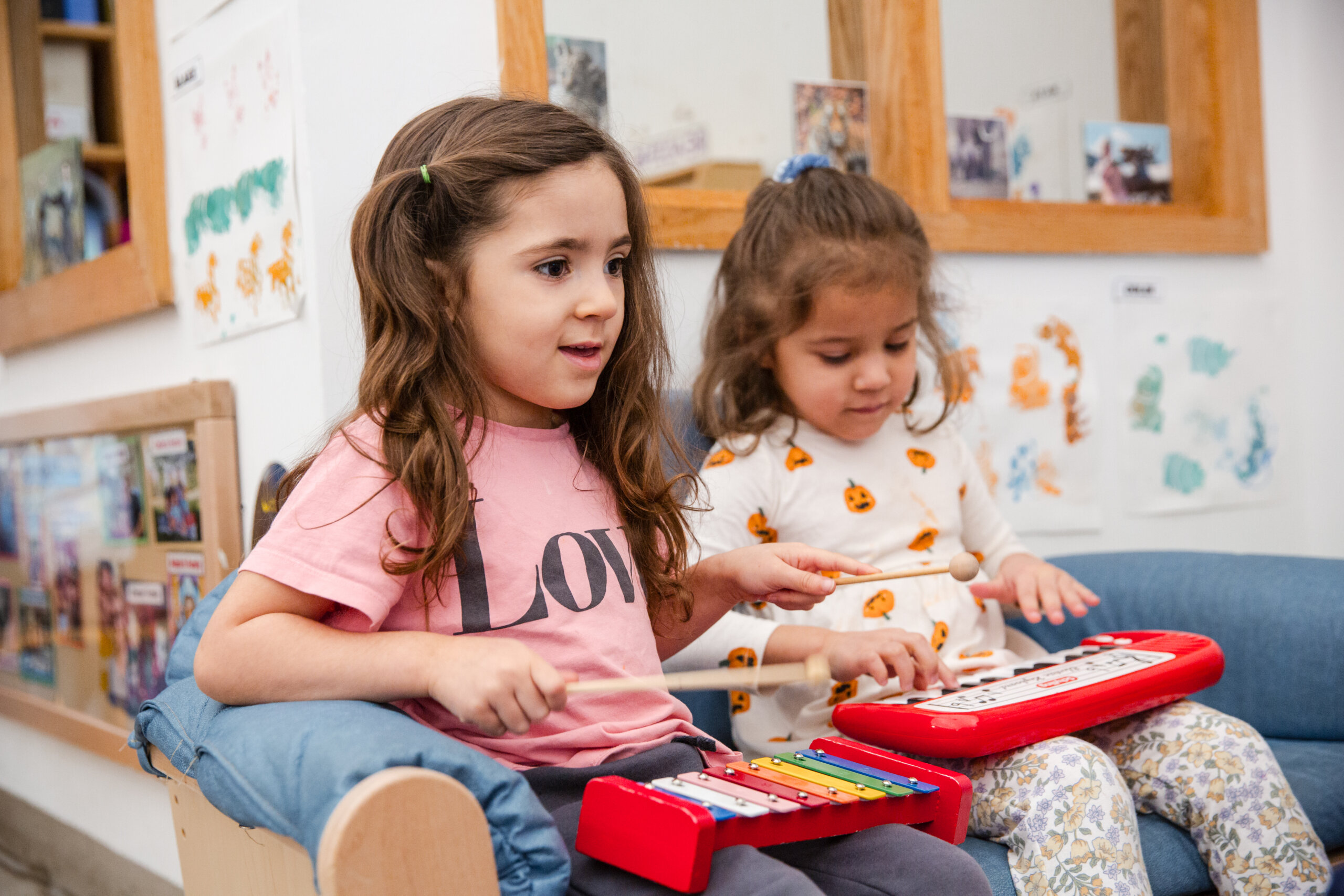
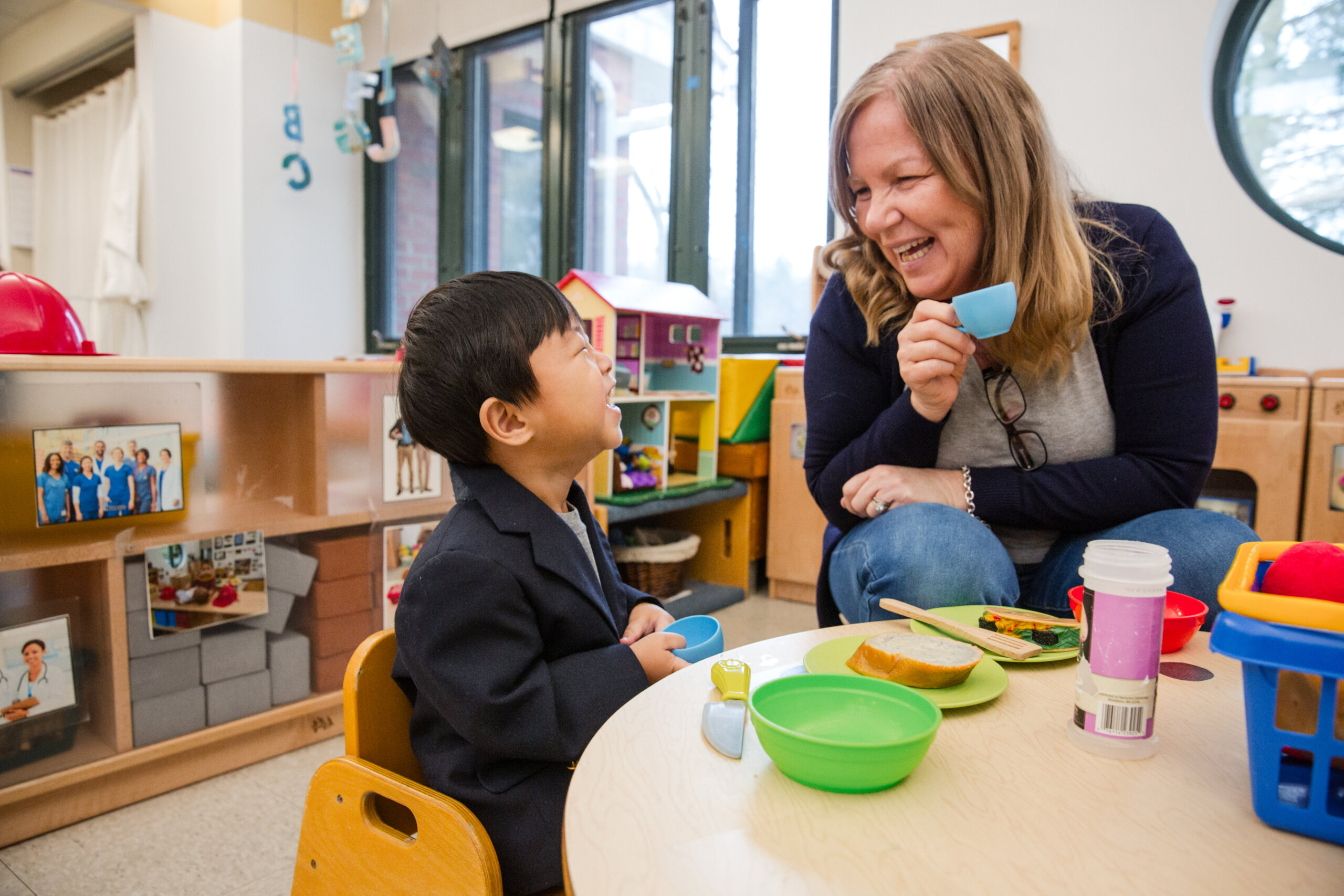
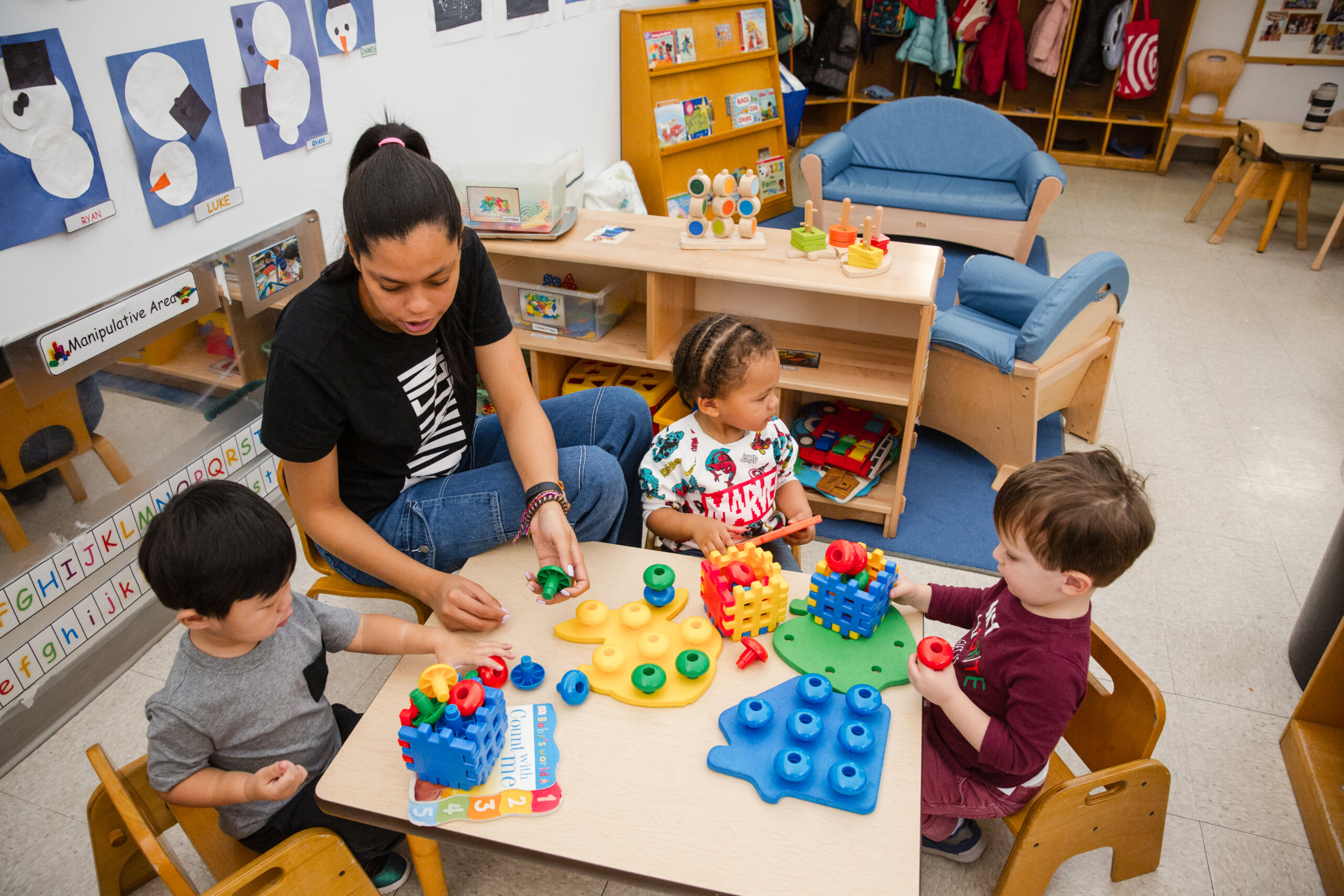
5 Ideas for Fostering Everyday Cultural Awareness
- Explore Multicultural Storytelling
Share folktales, myths, and personal narratives from diverse communities to introduce children to different perspectives and values. Highlight themes like kindness, resilience, and family to find commonalities across cultures. - Incorporate Diverse Materials and Images
Decorate the classroom with maps, photographs, and artwork from around the world. Include books, toys, and learning materials that represent a variety of skin tones, languages, and cultural traditions. - Introduce Global Music and Movement
Play songs from different cultures and encourage children to explore dances and rhythms. This not only teaches cultural awareness but also enhances motor and listening skills. - Use Everyday Language Exposure
Introduce basic phrases in various languages during daily activities, such as greetings, numbers, or colors. This normalizes linguistic diversity and encourages an interest in multilingualism. - Involve Families in Classroom Experiences
Encourage families to share their traditions, recipes, or stories about their heritage. Even without holidays, these interactions create personal connections to cultural practices and strengthen the classroom community.
